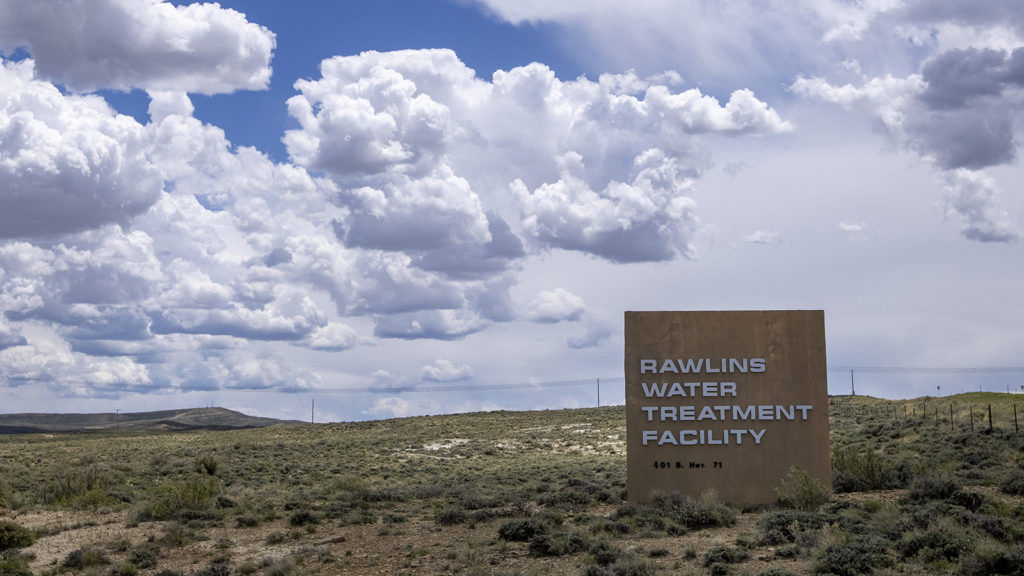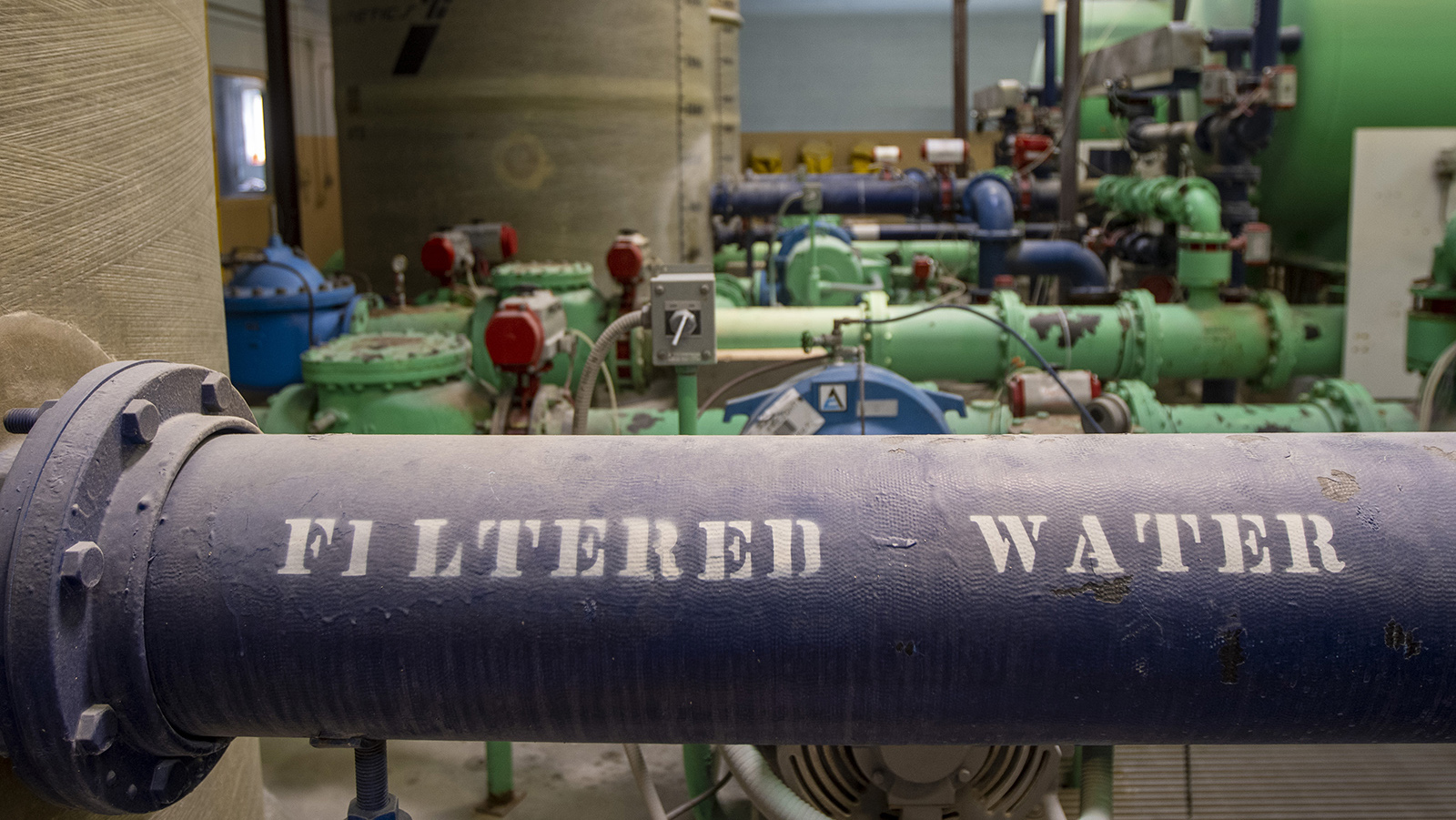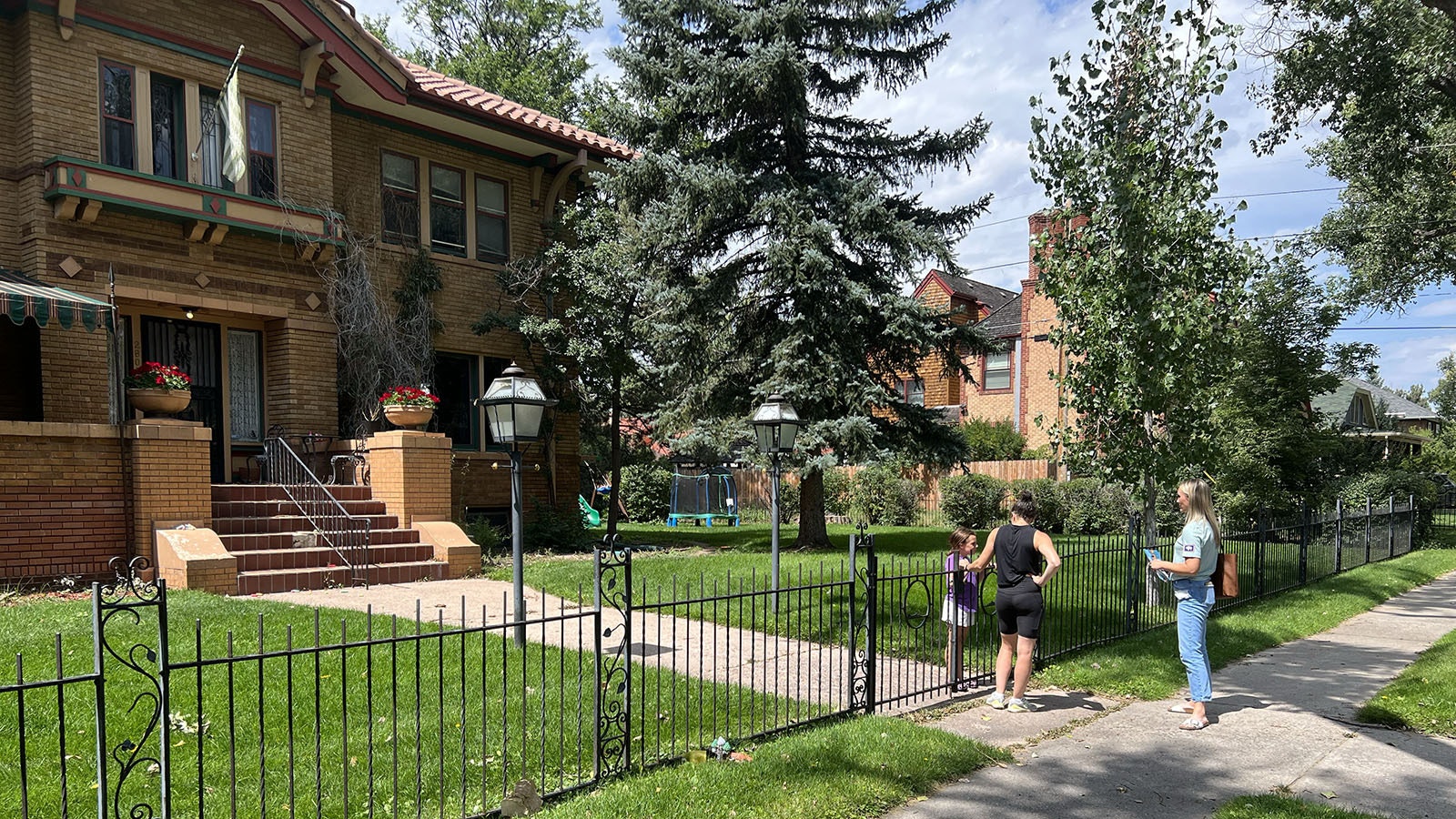By Leo Wolfson, State Politics Reporter
Leo@Cowboystatedaily.com
In the wake of a catastrophic failure of its municipal water system and facing $20 million in repairs and upgrades, it’s difficult to argue Rawlins doesn’t have the most critical water issues of any Wyoming community.
That’s why some wonder why the city was recently denied a $7 million water infrastructure request from the State Land and Investments Board (SLIB) while 19 other water projects were approved to get part of a $50 million disbursement of American Rescue Plan Act money.
SLIB officials say they used a multi-faceted scoring system regulated by federal ARPA rules to prioritize the needs of the 113 project applications.
Desperate to address its failing water system, some of which still operates with decades-old wooden pipes, the city applied hoping for help.
“It’s disappointing but we understand,” said Mira Miller, Rawlins community relations coordinator. “We know they were under some pretty narrow constraints.”

The Failure
In March, Rawlins suffered the catastrophic water failure that led to a five-day boil water advisory. The failure stemmed from the replacing of outdated pipes and water infrastructure straining under the weight of old age and drought conditions. Some of the pipes were more than 100 years old and made of wood stave.
School classes were canceled and businesses temporarily closed as residents of Rawlins and nearby Sinclair, which also is served by the system, had to rely on roughly 100,000 donated bottles of water to survive.
Although Miller said the town’s quickly assembled emergency response was a success and will serve as an example for other communities across Wyoming that may encounter similar events in the future, she also said it was an enormous strain on the community.
“It was a very challenging five days,” Miller.
How Did It Happen?
Rawlins relies on wintertime snowpack, which funnels into natural springs that provide the 8,298-resident community and 418-person town of neighboring Sinclair with water.
The water is every bit “artesian,” named the best water in Wyoming by the Wyoming Association of Rural Water Systems in 2020.
But the Rocky Mountain West’s 22-year-long drought has put pressure on drinking water supplies throughout the region, compounding already-existing water infrastructure issues for communities like Rawlins.
In 2022, crews replaced 10,000 feet of wood-stave pipeline in the Sage Creek Basin with PVC. This section connects to a 32-mile steel pipeline that transports the spring water to the city’s water treatment plant.
When the steel line was turned back on, a “full circle break” was triggered in a separate, commercial part of Rawlins, allowing water to escape the system at three locations for more than seven hours, draining the freshwater tanks that had already been taxed by the initial repair process, Miller said.


When It Rains …
An integral part of the city’s water pumping system then stopped working at the same time, prompting officials March 3 to tell residents to boil their water before consuming it. The recommendation was lifted March 8 after two tests taken 24 hours apart showed no issues of concern.
“It was kind of like the perfect storm,” Miller said of the multiple failures.
Mark Pepper, executive director of Wyoming Association of Rural Water Systems, told Cowboy State Daily in April that breakdowns like what happened in Rawlins could also happen in almost any Wyoming community.
Dog Days Of Summer
This past summer, the springs were flowing at around a third their typical rate, prompting the city to initiate lawn watering restrictions, only allowing watering after 6 p.m. and before 10 a.m. one day a week.
And because of the low flow from the springs, area agriculture water supplies and water tanks have been slow to recharge and quick to drain as people go about their daily lives.
Along with residential watering restrictions, the city curtailed watering public green areas and urged conservation at all levels, including urging people not to wash their cars.
“Any water that can be conserved will make a difference,” the city reported on its website. “Even the simple things, such as turning off the water while brushing teeth and fixing dripping faucets, will make a difference when done by our whole community.”
Under the water restrictions, Miller said the town had to restrict its summer usage to about 2-3 million gallons. Complicating matters was the fact the watering restrictions were limited to lawn care, so people could continue to water their gardens and trees as they pleased.
“There was a lot of confusion about what people could and couldn’t do,” she said.

Winter Use
Wintertime water demand in Rawlins averages about 1.2 million gallons per day, Miller said. Demand jumps to about 6 million to 8 million gallons a day during the summer months.
Those caught violating the restriction could be fined $250-$750, but Miller said only warnings were given out. She said although there were more than 40 people caught breaking the ordinance, the vast majority of residents complied.
Many residents rallied behind their city, Miller said, saving their used bathwater and water used from washing dishes to put on their lawns.
“It was incredible to see,” she said of the months of sacrifice residents have done, and continue to experience.
Future Solutions
Work also is underway to re-open a pretreatment plant that would allow the city to use more water from the North Platte River.
“It would be a big help to do that, and it’s within our water rights,” Miller said.
In total, all of the needed repairs are expected to cost at least $21 million, far more than the $2 million the city has already spent since 2021.
In September, the Rawlins City Council voted to increase its water rates by about 50% to avoid falling into debt as it pays off ongoing repairs. This raised a typical water bill of $45 per month to $65.
Miller said another challenge for Rawlins is its network of computers and software that monitor the flow data of the city’s water systems. This infrastructure was recently discovered to be in worse condition than previously thought.
“Recently, it has become a larger focus,” Miller said.
The Rawlins City Council recently allocated $200,000 for design work to replace this infrastructure.
More Than A Financial Squeeze
The city has so far received about $1.4 million in state and federal money for water projects, but the $7 million from SLIB would have gone a long way toward filling the $21 million hole – a huge number for a small city.
Rawlins has $2 million in savings for future water projects, but Miller said officials applied for a grant in November and plan to apply for more money going forward, as well as take out loans from the U.S. Department of Agriculture.
“We’ll just keep working away at it,” Miller said.





